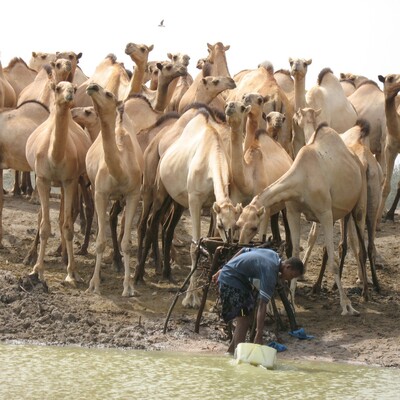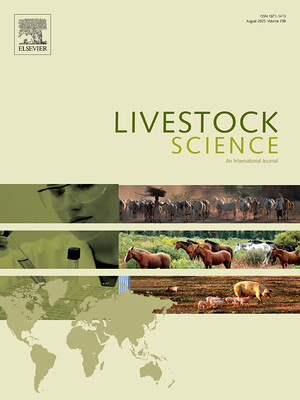
Composition of village goat herds in southwest Nigeria
Abstract
The majority of 22 free roaming goat herds in a 2-yr study in southwest Nigeria had no adult males. In a mean herd of seven to nine animals. 78 percent were female, and 43 percent were below 12 mo of age. Birth was the predominant reason for entry, accounting for 94 percent of new animals. Deaths (52 percent), ceremonial and festival slaughter (17 percent), and sales (15 percent) were the main reasons for exit. Less than 1 percent of offtake was for direct home consumption, providing less than 0.5 kg of carcass per household/yr compared to 10 kg from cermonial and festival slaughter. The fastest growing young males were selectively sold first so that those remaining for breeding were the slower growing animals. Thus, farmers have chosen short-term production objectives that are deterimental to long-term productivity. Reduction of mortality rates, which would allow an increase in offtake, and hence increase the rate of return from goat production, should be the primary focus of continued research for smallholder producers in the humid zone.
Citation
Small Ruminant Research;13(1): 49-53










